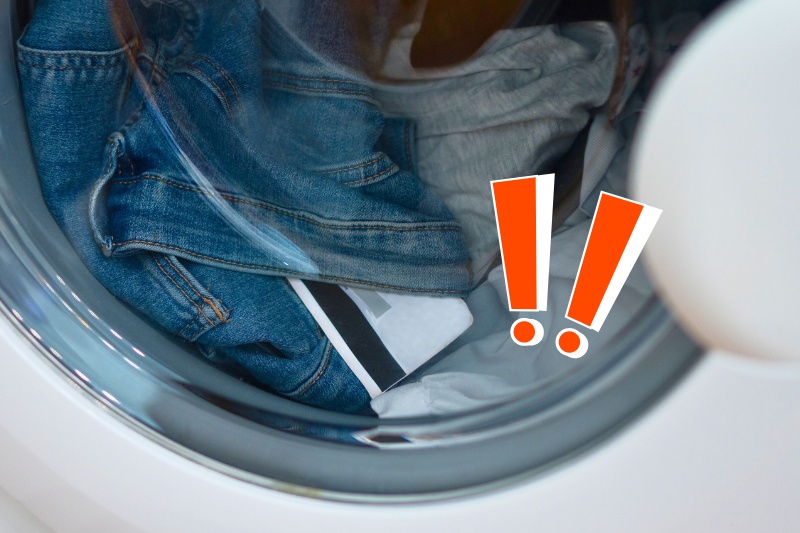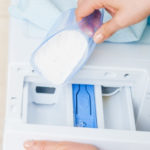The short answer is: Whether your credit card works after being washed will depend on the extent of the damage it has incurred during the washing cycle. Factors such as the temperature of the water, the presence of other materials in the washing machine, and the use of a protective wallet can all affect the functionality of the card.
Most credit cards are designed to be fairly resilient. But that doesn’t mean they’re indestructible.
Minor scratches or fading on a credit card’s surface are unlikely to affect its functionality. But if the magnetic strip or chip is severely damaged, or the card is bent or cracked, it may not work properly or at all.
Let’s look at this in more detail.
What Happens If You Wash a Credit Card in the Washing Machine?
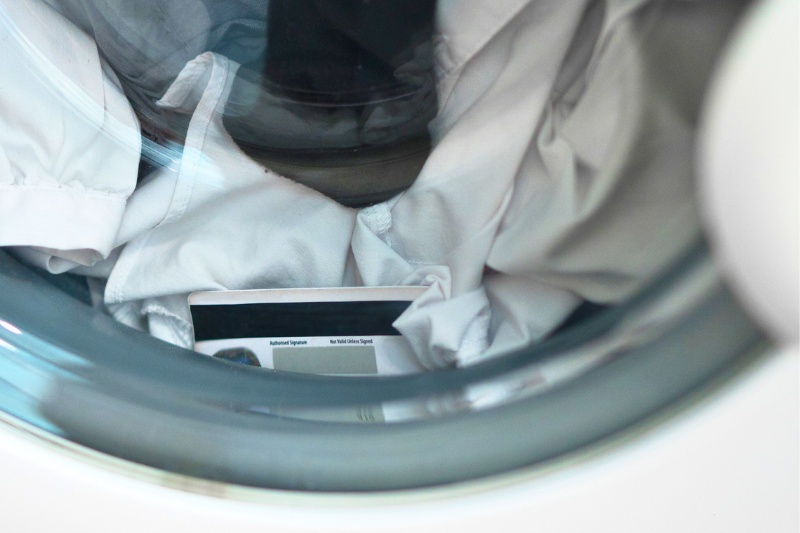
When a credit card is run through a wash cycle, several problems can arise and can impact how the card works. These include the following.
Physical damage to the card
The main concern with washing a credit card is that it may succumb to physical damage.
Credit cards are usually made of durable plastic with a metallic chip or magnetic strip embedded. They are highly resistant to wear and tear and can withstand water to some extent.
However, if you put your card through a harsh washing cycle, with excessive hot water, heavy items, and strong spinning, it could cause damage to the card. This could result in the card being bent, scratched, or even cracked by the end of the cycle.
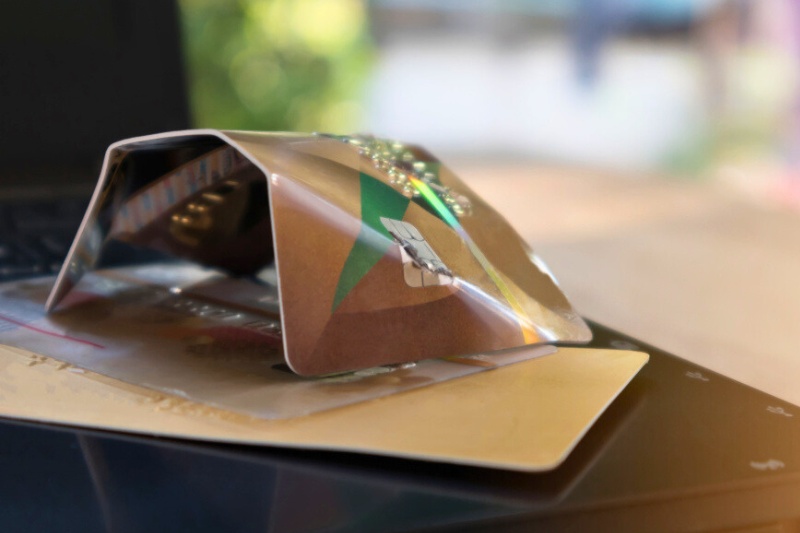
Excessive heat and agitation may also cause the layers that make up the credit card to debond. This would question the structural integrity of the card because bits would actually be loose. If the card falls apart, it isn’t likely to work effectively.
You might, of course, be lucky, and the card will hold up under such conditions, but there’s a good chance it’ll have sustained some minor physical damage. For example, the card might be lightly scratched but will still work after the wash.
Interestingly, if you wash a credit card while it’s still in your wallet, you can reduce its physical damage significantly. In this case, there’ll be a layer of protection around the credit card, so it won’t be bashed around and subjected to the harsh realities of the washing cycle as much, which can protect it for longer.
Chip damage
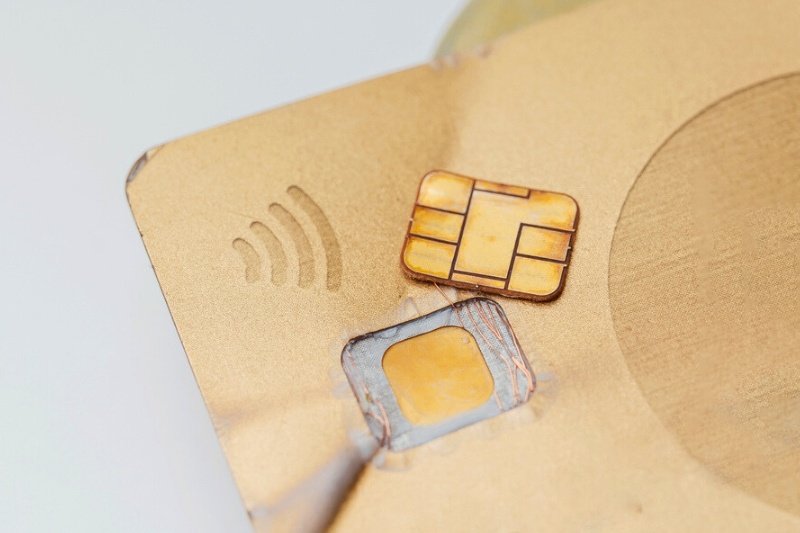
Most credit cards come with a square-shaped computer chip built into them. These are called EMV chips, and they can withstand general wear and tear-related problems and some water.
However, these chips can end up damaged if they’re put under a lot of stress. For example, if a card is placed in a hot, moisture-filled environment where it’s being flung about and continuously bashed into things, the chip in the credit card may not function because it’ll have become defective or loose from its plastic housing.
Magnetic strip damage
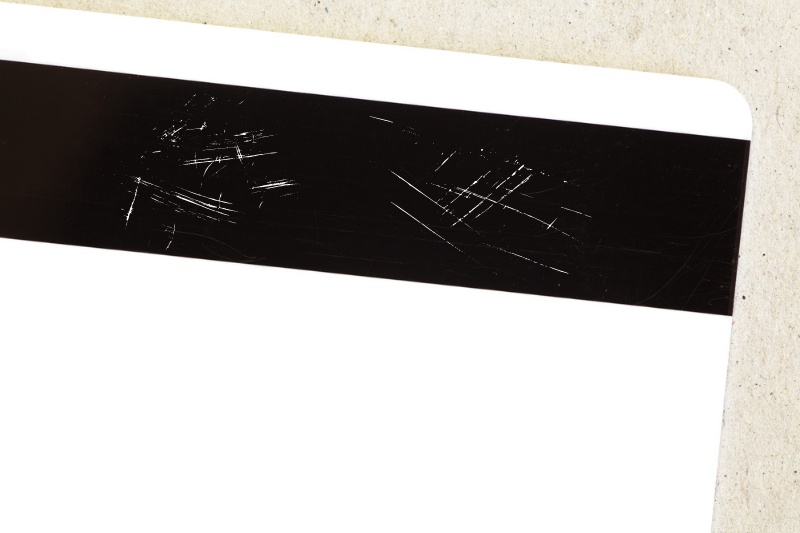
Credit cards, especially older ones, have a magnetic strip on their back, which stores essential information about the account.
If this strip is exposed to too much heat and friction during a washing cycle, it could break and end up demagnetised. If this happens, the information stored on the card may not be accessible and readable by a card reader.
In short, you won’t be able to swipe the card on a reader and pay for your item because it can’t access the key information that it needs to make the transaction.
That said, we don’t really use the magnetic strip much or at all these days. We mainly use the chip and pin and contactless payment systems, so if the strip was broken, it wouldn’t be that big of a deal.
Ink fading
The least of your worries is if the ink fades on your card. But it’s still one thing to be mindful of.
If the writing disappears off your credit card after it’s been put through a suds-filled wash, you’ll be able to use the card as long as it hasn’t sustained any other damage (physical/strip/chip).
The trouble you might find with the faded ink on your card is that you may need help to read the printed information correctly. For example, if you have to input your details onto a computer to make a purchase, you might not be able to make out the long card number, expiry date, or CVV code on the back.
This, as you might’ve guessed, is frustrating. And it usually happens at the stupidest of times. For example, a few weeks ago, I had to read the faded-out numbers on my card to buy tickets for Michael McIntyre’s new show before they sold out. It was a tense time trying to guess the numbers. But I managed to input the right digits in the nick of time!
Frequency of washing
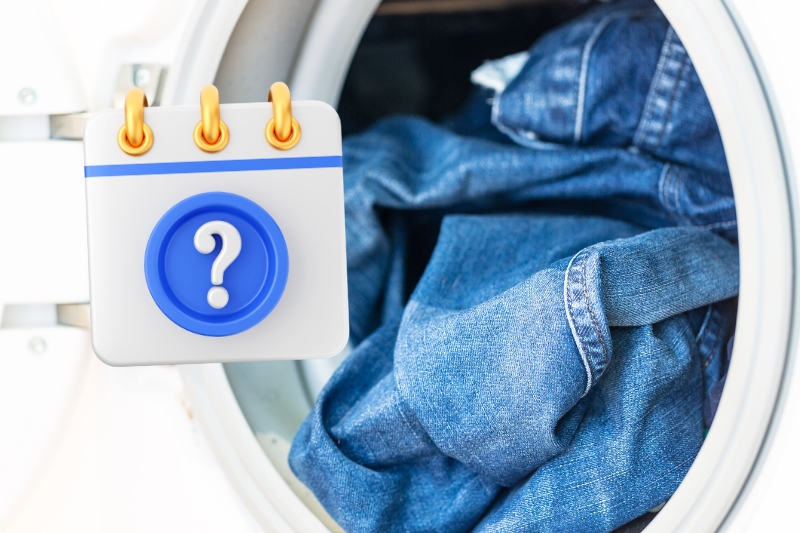
In addition to the above, consider how often you stick your credit card in the washing machine.
Most of us will only wash a credit card by accident, so it’s not a regular occurrence. If this is the case, you might get away with cleaning your resilient credit card in this manner, and it’ll escape the washing machine’s clutches unscathed!
On the flip side, if you regularly forget to take your credit card out of your pocket before you wash your jeans, you will put your card under a lot of pressure. Under such circumstances, the credit card isn’t going to hold up for too long.
In short, try to avoid throwing your credit card in a washing machine.
Tip: If your card is broken, contact your bank immediately so they can send a new card out to you.
How to Prevent Future Problems
Popping your credit card in the wash alongside your dirty pants and socks is a big no-no. So, to stop you from making the same mistake in the future, take note of the following:
Empty your pockets!

The easiest solution is to go through your clothes before you wash them and remove any items from their pockets! Take out anything you find – tissues, sweets, and coins – and pop them all to one side.
Keep your credit card in a secure wallet or purse
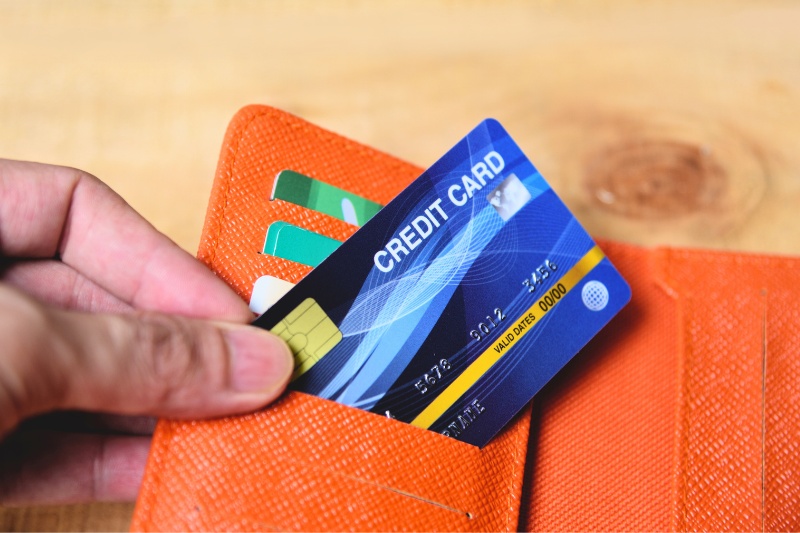
If you keep your card in your purse or wallet, you’re not likely to throw the card or your whole purse/wallet into the washing machine. You’d (hopefully!) notice what you were about to do and remove the item before starting a cycle.
On the note of storing your credit card, you could also protect your card further by placing it in an RFID sleeve. Doing this will protect the credit card from fraud and wear and tear-related issues.
Have a backup plan in place!
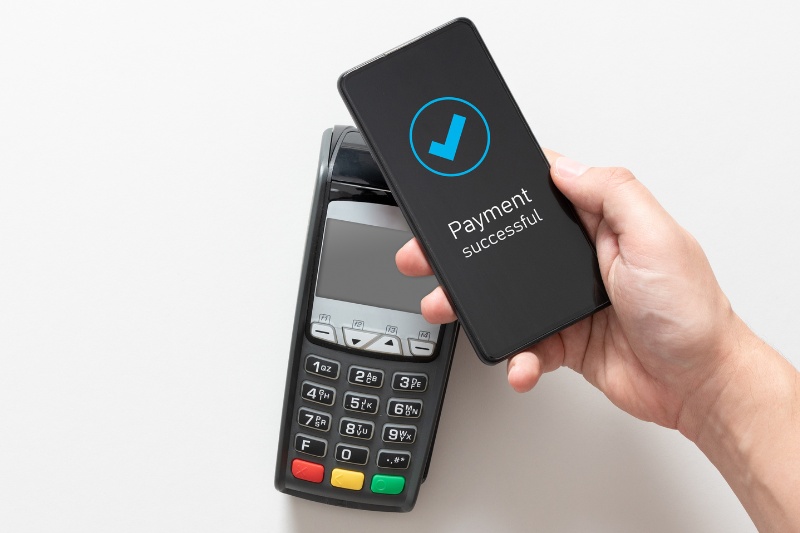
If you habitually wash or misplace your credit card, have a Plan B in place so that you can still make purchases, even though you don’t have your card on you.
For example, set up Apple Pay, Google Pay, Samsung Pay, or get websites you use often to remember your card for next time. By using digital payment methods, you don’t need to carry your card around, and you can make contactless payments!

Bethan has a passion for exploring, reading, cooking and gardening! When she’s not creating culinary delights for her family, she’s concocting potions to keep her house clean!
